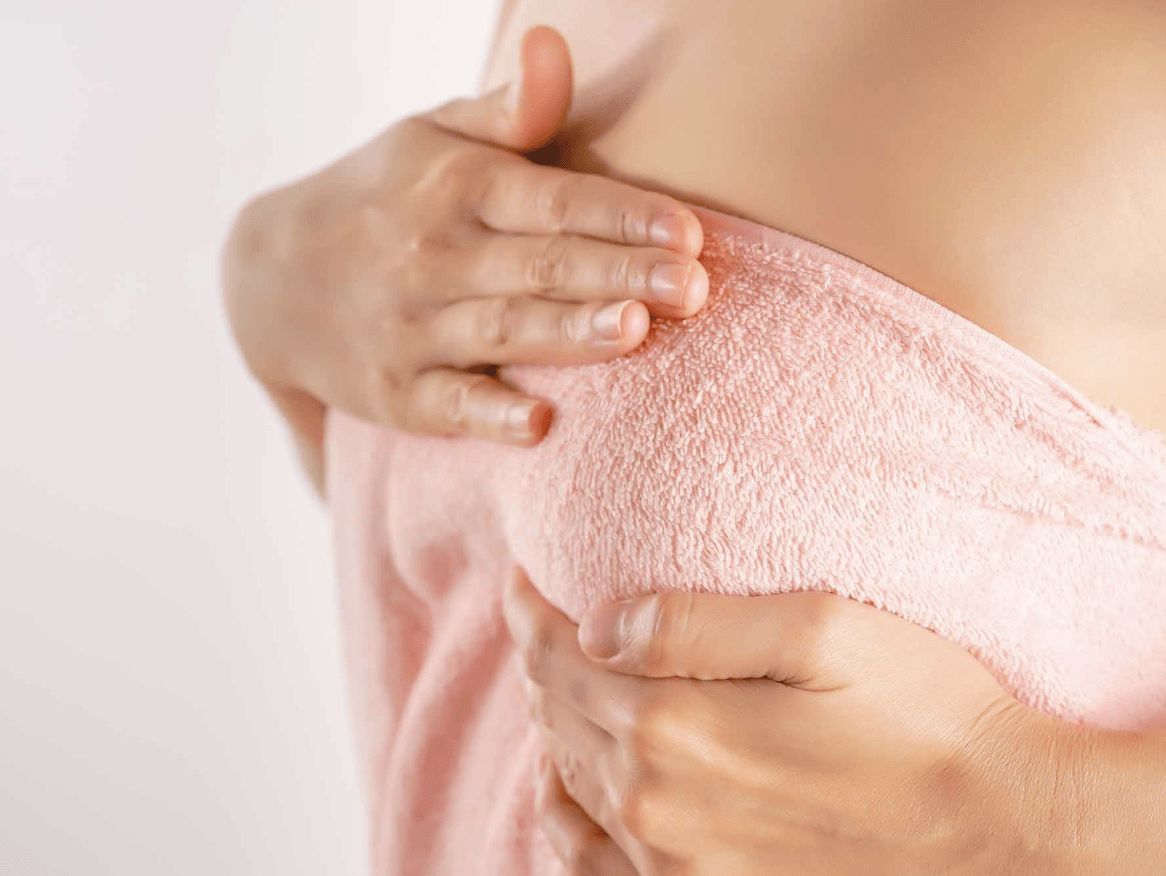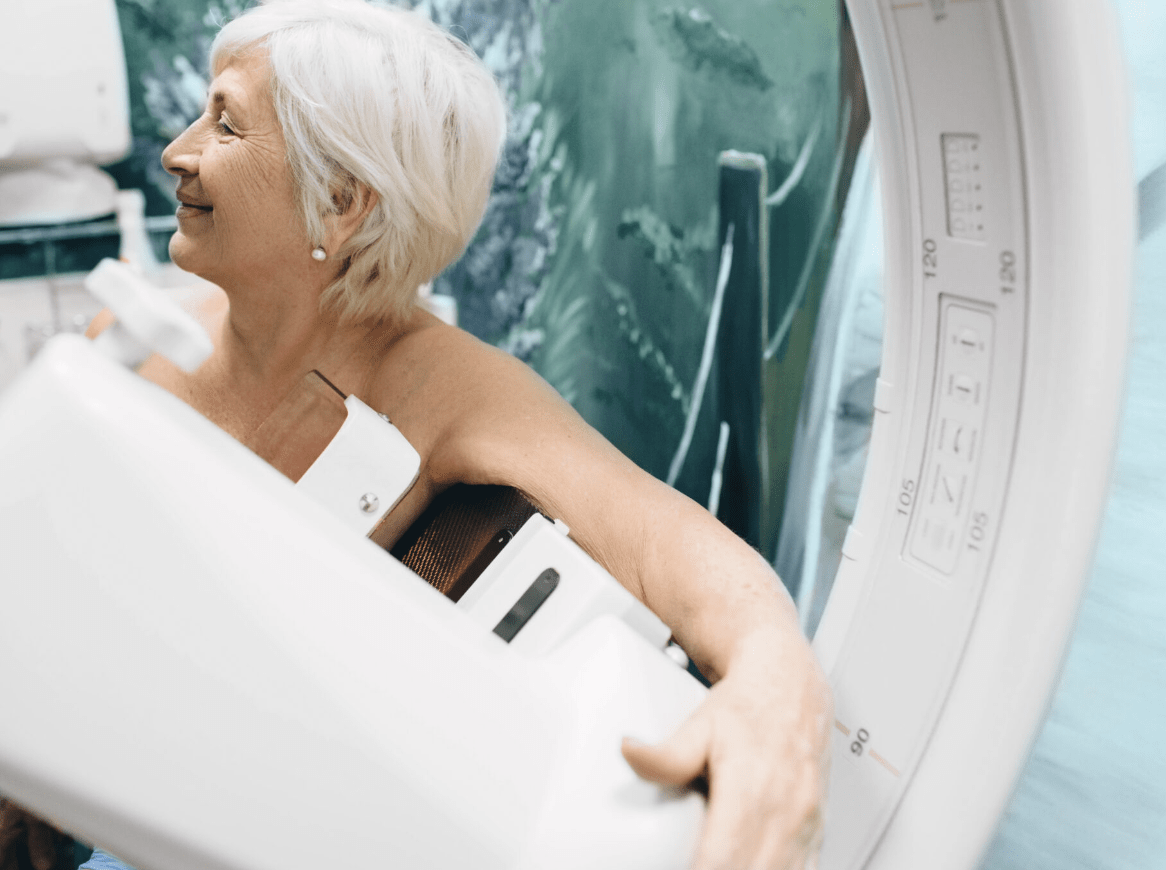Know what is normal
An important measure in maintaining the health of your breasts and detecting any changes is simply knowing what is normal for you. Knowing the normal appearance, feel, texture and shape of your breasts, particularly at different stages of the menstrual cycle, assists in identifying abnormal changes.
Being breast aware
- Being familiar with what is “normal” for you – the appearance, feel and shape of your breasts.
- Detecting abnormal changes and discussing these with a doctor.
- Participating in mammograms every two years for women aged 50 to 74.

Breast self-examination
Examining your breasts regularly and at different times of your menstrual cycle is important for recognising which changes are normal for you. Lumpiness in the upper outer quadrants of the breasts, for example, can be a normal change throughout the menstrual cycle.
Be familiar with the appearance and shape of your breasts in the mirror. Breast tissue continues from as high as the collarbone to below the bra line, and extends into the armpit. Look for any discolouration of the skin, redness or dimpling, or nipple changes such as crusting, new inversion/ retraction of the nipples or ulceration.
All breast tissue should be felt to become familiar with its normal texture. Showering, lying in bed or whilst getting dressed can all be ideal times to self-examine.
You may elicit a nipple discharge with squeezing. If discharge is present without squeezing, you should see a breast surgeon.
Feel the tissue lightly using the pads of your fingers to assess the surface of the breast, and then feel more deeply. Ensure that all breast tissue including the tissue extending into the armpit is examined.
Any changes present in one breast and not the other can be important signs to discuss with your doctor.
Breast self-examination should be performed by women of all ages, though it gains particular importance with age, simply due to the substantial increase in the risk of breast cancer with ageing.
Examining your breasts regularly and at different times of your menstrual cycle is important for recognising which changes are normal for you.
Breast cancer screening
One of the elements of being “breast aware” is participating in the Victorian BreastScreen programme by attending mammograms every two years between the ages of 50 and 74. Younger women aged 40 to 49 that are eligible are also covered by the programme and are welcome to attend.
Women with a strong risk of developing breast cancer may discuss additional screening with their doctor, particularly if the risk of developing breast cancer at an early age is high.


